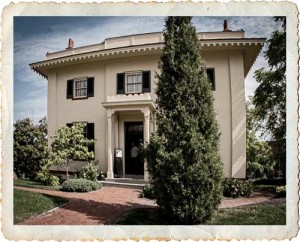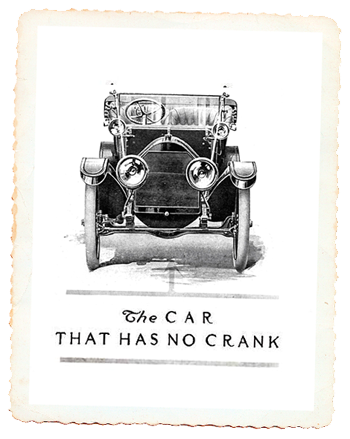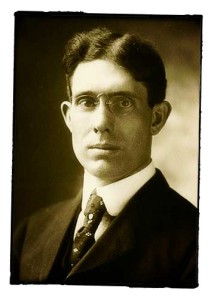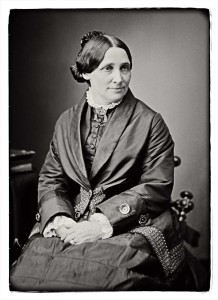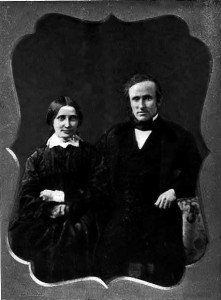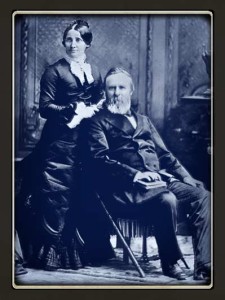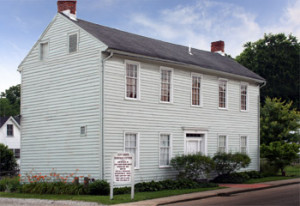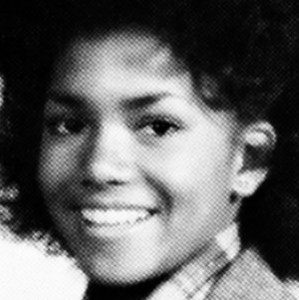On this day in 1857, William Howard Taft was born in Cincinnati. I haven’t been able to find how much he weighed, but it is known that Will was a big boy. His mother Louisa Maria mentioned in a letter that at 7 weeks old her son Will couldn’t fit in any of the dresses made with belts because of his large waist and that he was “very large of his age.”

He grew up in Cincinnati, went to school at Yale where he became a heavyweight champion wrestler, and he was extremely fit throughout his adult life despite his size. He was 6 foot or so (sources vary between 6’0″ and 6’2″) and when he graduated from college he weighed a very muscular 243 pounds.
After graduating from Yale, Will returned to Cincinnati where he studied law. He also got involved in local politics. However, he always seemed to prefer law over politics. His goal was to become Chief Justice of the United States, but that didn’t fit with his wife’s idea of success.
Helen Herron, or Nellie as her friends called her, seemed to always have an eye on becoming the Chief Lady of the White House. When she was just 16 years old, she actually visited the White House when Lucy Hayes occupied the center of American power with her husband Rutherford. Lucy invited the daughter of her husband’s law partner to an afternoon social. After this engagement, Nellie wrote that she would much like to return to the White House someday… as First Lady!
Not long after the White House visit, Nellie met the young, but 4 year older, Will Taft, at a sledding party in Cincinnati. They hit it off in many different ways that eventually brought them together as husband and wife in 1886. While it is not certain what part she played behind the curtains, it is certain that she encouraged her husband to strive for higher achievements.
As young Will became an accomplished attorney, his life would increasingly be drawn to the political arena. After having been a state judge, Will became Solicitor General of the United States, a federal judge, he was appointed to oversee the American civil government in the Philippines, and later was appointed by President Teddy Roosevelt as his Secretary of War. Teddy would later in his term offer Will the chance to fulfill his dream of becoming Chief Justice of the United States.

He discussed this opportunity with Nellie who was adamantly opposed to the idea. Her idea was that since Teddy Roosevelt had already promised the nation he would not seek a second term, it would be wiser for her husband to seek the presidency. In her mind, you could always become a Chief Justice, but the odds of becoming President of the United States were extremely high.
So following his wife’s advice, the extremely large fellow from Cincinnati, William Howard Taft, was elected President of the United States, the largest man to ever sit behind the Oval Office desk. Having achieved her dream of becoming First Lady, it would take several more years before Taft achieved his dream of becoming Chief Justice.
It was during another Ohioans term in office that President Harding made him Chief Justice of the United States where he would remain for the rest of his life. Taft would later write after becoming Chief Justice “I don’t remember that I ever was President.”
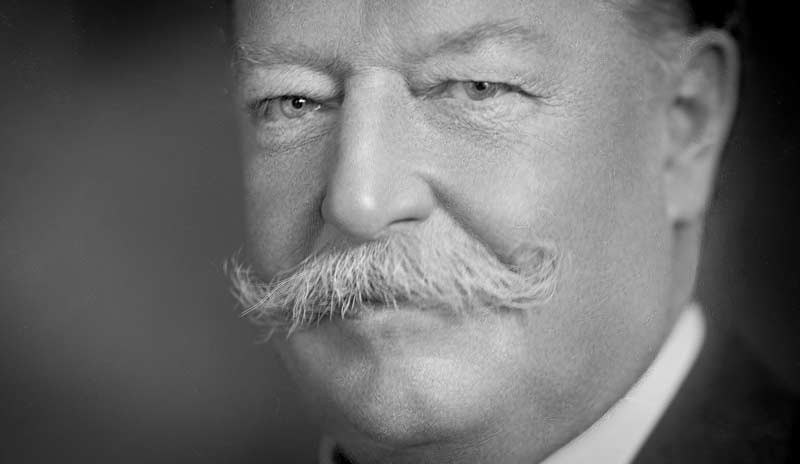
Today is the birthday of the only man ever to serve as President of the United States and Chief Justice of the Supreme Court.
